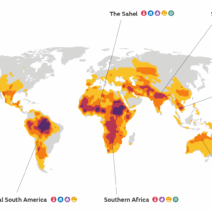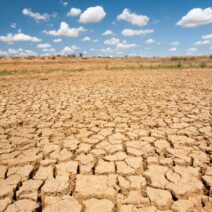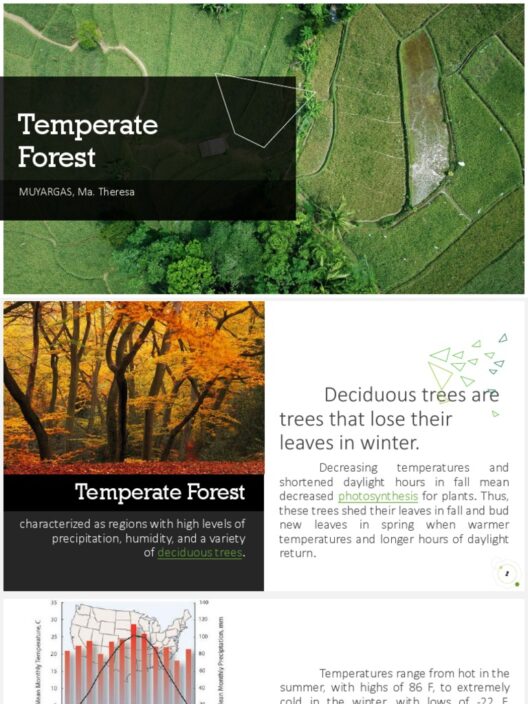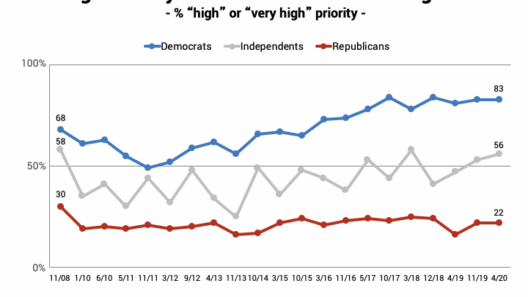Global warming is a complex phenomenon characterized by the long-term rise in Earth’s average temperature due to an increase in greenhouse gases (GHGs) in the atmosphere. Understanding the mechanics of global warming is imperative for grasping its implications on our environment, economy, and future generations. This article delves into the multifaceted nature of global warming, presenting critical insights into its causes, consequences, and the ongoing discourse that surrounds it.
1. The Greenhouse Effect: A Scientific Foundation
At the heart of global warming lies the greenhouse effect. This natural process involves the absorption and re-radiation of solar energy by gases in the Earth’s atmosphere. The primary GHGs include carbon dioxide (CO2), methane (CH4), nitrous oxide (N2O), and water vapor. While these gases are essential for maintaining Earth’s temperature, excessive concentrations result in heat retention, leading to planetary warming.
Solar radiation penetrates the atmosphere, reaching the Earth’s surface where it warms the land and oceans. The Earth, in turn, emits this heat back into space. However, increased levels of GHGs diminish the amount of heat escaping into the atmosphere, creating an imbalance that manifests as global warming. The basic principle is straightforward; however, the underlying dynamics involve intricate interactions between natural systems, human activities, and climatic variables.
2. Anthropogenic Contributions: Unraveling Human Impact
Anthropogenic, or human-induced, factors exacerbate global warming. The Industrial Revolution marked a pivotal turning point as fossil fuel combustion became rampant. Coal, oil, and natural gas, once heralded as efficient energy sources, have now transitioned to culprits fueling climate change. The burning of these fossil fuels releases substantial CO2, propelling atmospheric concentrations to unprecedented levels.
Alongside fossil fuels, agricultural practices significantly contribute to GHG emissions. Livestock production generates methane through enteric fermentation, and rice paddies release both methane and nitrous oxide. Additionally, deforestation exacerbates the problem by depleting one of nature’s crucial carbon sinks, hence increasing atmospheric CO2 levels.
Every sector, from transportation to manufacturing and waste management, plays a role in contributing to global warming. Each of these activities releases GHGs in varying magnitudes, creating a complex web of interactions that furthers climate change.
3. The Myths and Misconceptions Surrounding Global Warming
Global warming is often enveloped in misconceptions and hyperbole. A prevalent myth is that it solely pertains to surface temperature increases. In reality, global warming influences myriad aspects of the climate system, catalyzing alterations in precipitation patterns, sea-level rise, and increased frequency of extreme weather events. Addressing these myths is vital in promoting a comprehensive understanding of climate change.
Another common misunderstanding is that global warming implies a uniform temperature increase globally. Instead, warming is characterized by regional variations. For instance, while some areas may experience significant warming, others may see negligible changes or even short-term cooling due to complex weather patterns.
4. Impacts of Global Warming: Alarming Realities
The ramifications of global warming reach far and wide, affecting ecosystems, biodiversity, and human livelihoods. Rising temperatures are inexorably linked to melting polar ice caps and glaciers, contributing to sea-level rise. This phenomenon poses existential threats to coastal communities, leading to potential displacement of populations and economic instability.
Ecosystems are undergoing profound changes as species struggle to adapt to shifting climatic conditions. Coral reefs, dubbed the “rainforests of the sea,” are particularly vulnerable. Ocean acidification, caused by increased CO2 absorption, coupled with rising temperatures, leads to coral bleaching, diminishing biodiversity and disrupting marine food webs.
On land, altered weather patterns can devastate agriculture. Shifts in rainfall distribution and intensity result in crop failures and food insecurity, disproportionately impacting developing nations. Moreover, the increase in extreme weather events—hurricanes, droughts, and floods—exacerbates these challenges, revealing the fragility of food systems worldwide.
5. Mitigation Strategies: A Necessity for a Sustainable Future
Addressing global warming demands concerted global efforts. Mitigation strategies aim to curb GHG emissions and enhance carbon sequestration. Transitioning to renewable energy sources—solar, wind, and hydroelectric—can significantly reduce reliance on fossil fuels, paving the way for a sustainable energy future.
Reforestation and afforestation initiatives are pivotal in enhancing the planet’s capacity to absorb carbon. Additionally, promoting sustainable agricultural practices, such as regenerative farming, can alleviate emissions while bolstering food security. The adoption of cleaner transportation alternatives, such as electric vehicles and improved public transit, further complements global mitigation efforts.
6. The Role of Policy and International Collaboration
For effective climate action, robust policies and international cooperation are imperative. Agreements such as the Paris Accord signify collective recognition of the global nature of the warming crisis. Countries must commit to reducing emissions and sharing technology, resources, and knowledge to combat climate change comprehensively.
Engaging communities and individual citizens in climate action is equally critical. Grassroots movements can drive significant changes in public perception, policy adaptations, and corporate accountability.
Conclusion: Embracing Informed Action
Understanding global warming extends beyond acknowledging its existence. It encompasses an appreciation of its intricacies, awareness of human impacts, and the urgency of effective strategies to combat it. A future resilient to climate change hinges upon informed action, adequate policies, and a collective commitment to sustainable practices. Only by transcending the hype can society address the realities of global warming and secure a habitable planet for generations to come.







